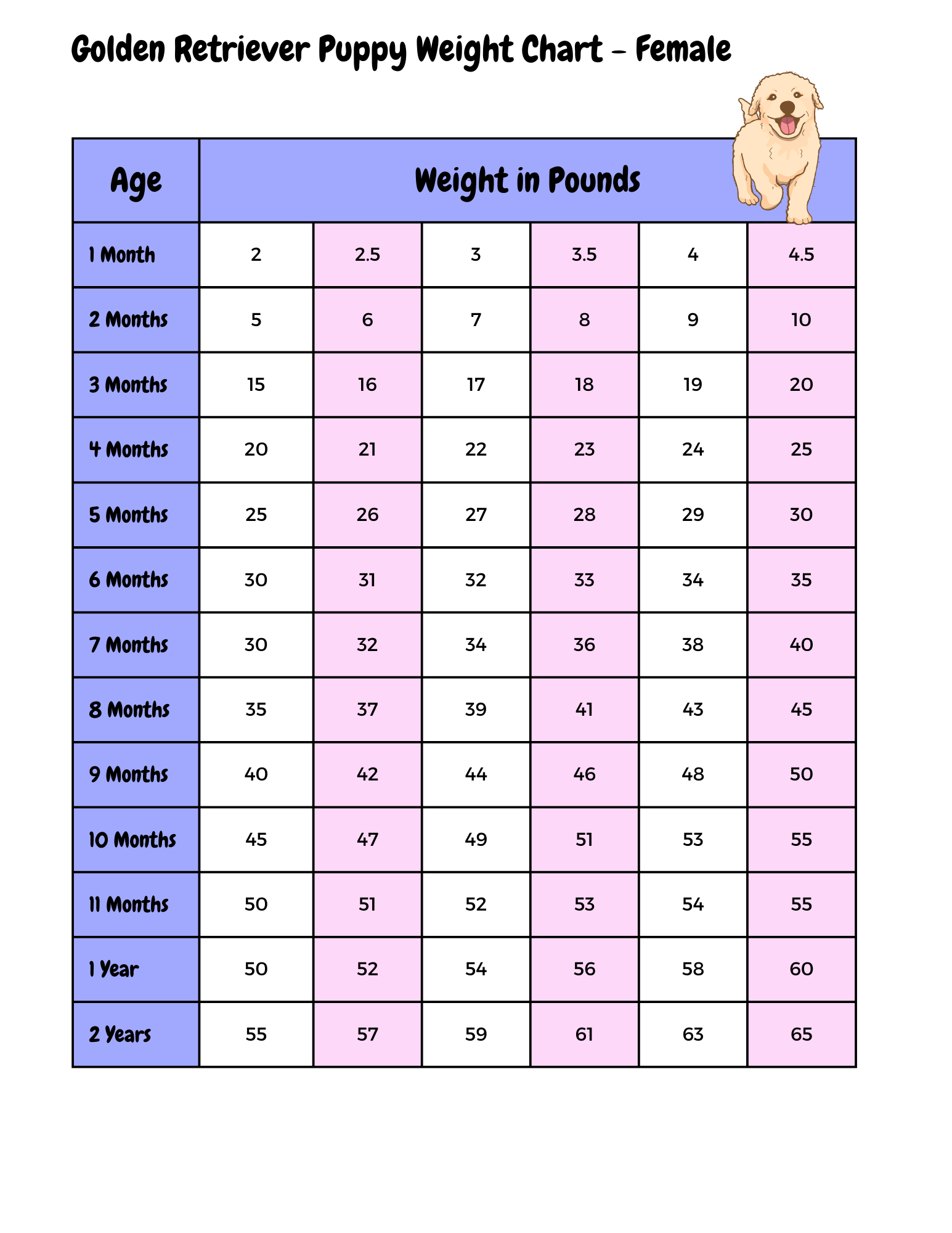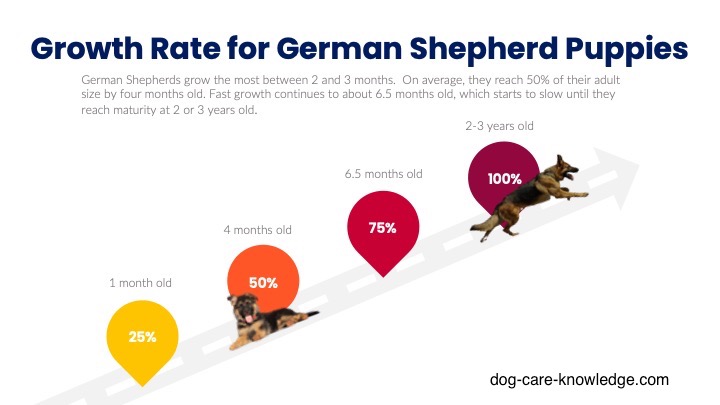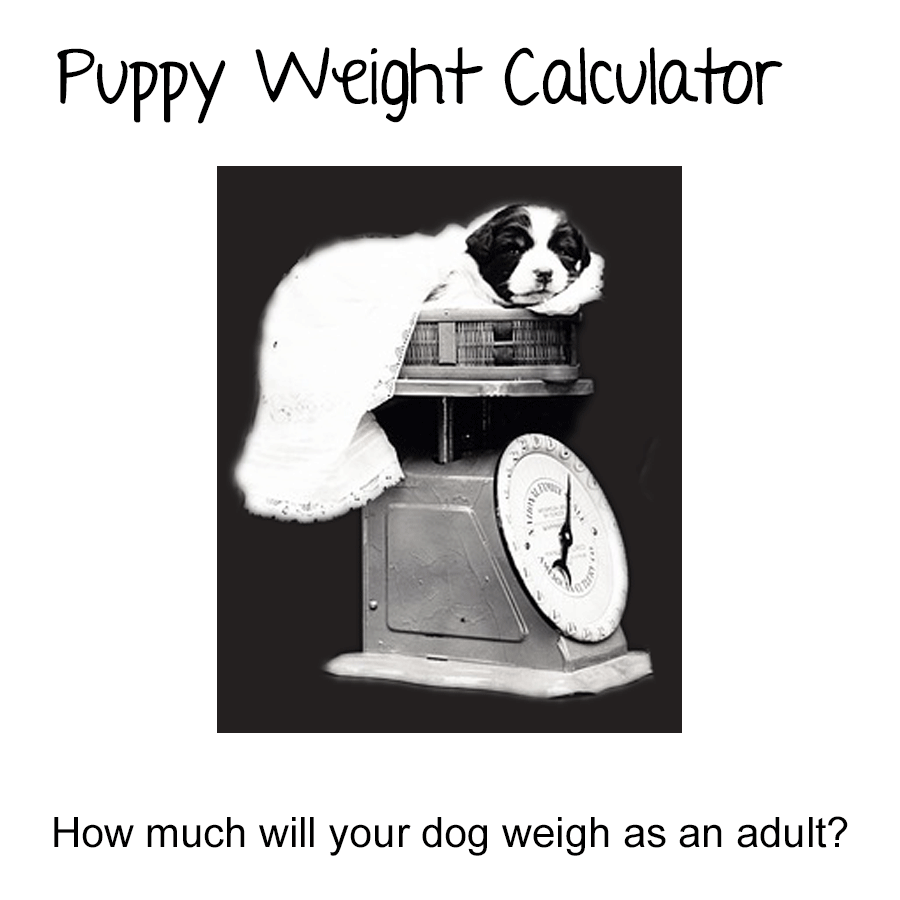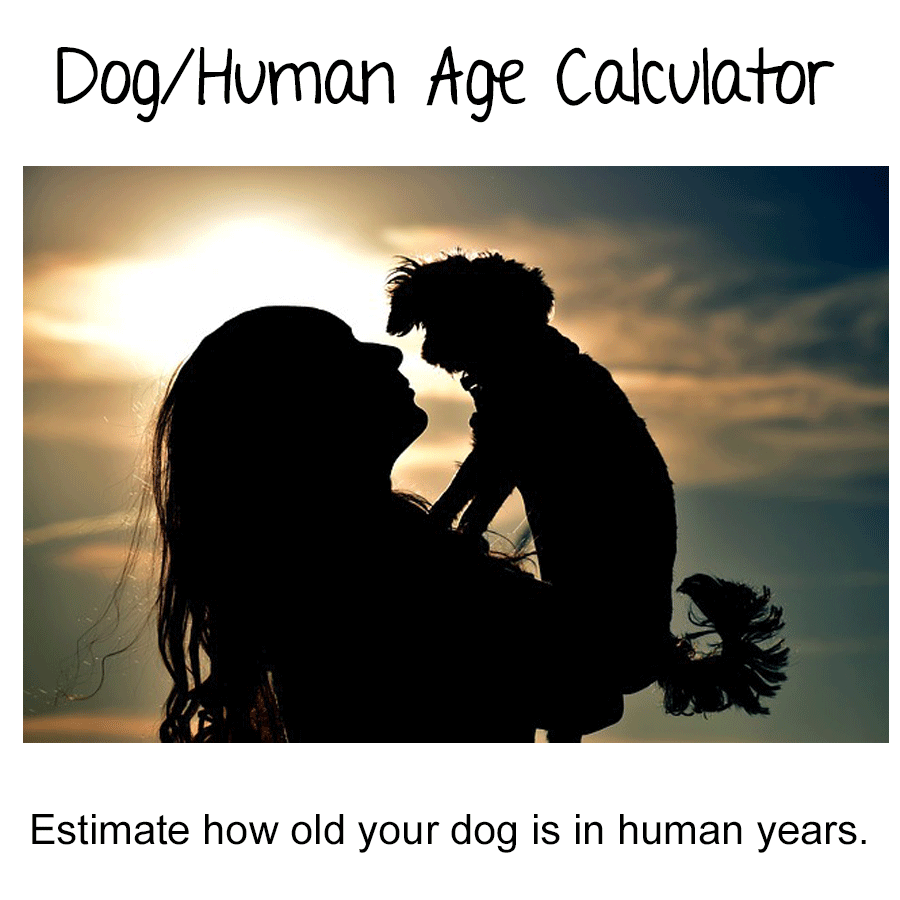- Home
- Dog Weights
Understanding the Purpose of a Dog Weight Chart
Understanding the importance and usage of a dog weight chart is crucial for any dog owner. A dog weight chart is an important tool used to monitor a dog's weight and growth as it progresses through various stages of life, from puppyhood to adulthood.
Dog Weight Charts for each Size Categories
A simple way to find your dog's predicated weight when he is young is to use a puppy weight chart. We have created specific weight charts based on your puppy's breed and age to give you the estimated weight range for each breed size.
- Toy Breed Dogs
- Small Breed Dogs
- Medium Breed Dogs
- Large Breed Dogs
- Giant Breed Dogs
- German Shepherd Puppy Weight Chart
- Golden Retriever Puppy Weight Chart
You can also use our puppy weight calculator which is a tool that estimates the adult weight of your puppy based on its current age, weight, and breed. It provides a prediction of how big your puppy will get as it grows into an adult dog. This tool is particularly useful for new puppy owners who want to have an idea of their pet's potential size and weight as it matures.
Have you ever looked at your beloved four-legged friend and wondered, "How much should my dog weigh?" You are not alone! This is a common question among dog owners. With so many breeds, sizes, and shapes, it can be tough to gauge what's healthy for your dog. That's where a dog weight chart comes in handy.
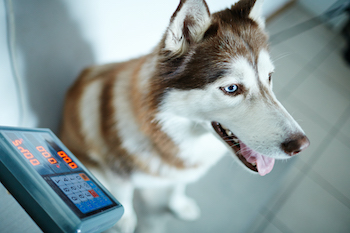
Deciphering the numbers can be complicated, especially with so many breeds varying significantly in size and weight. Our comprehensive weight charts simplify this process, providing the essential information to ensure your pup grows into a healthy adult.
A dog weight chart provides a general guideline for the expected weight range of dog breeds at different stages of their life. From the playful puppy days to adulthood, the chart helps to monitor your dog's weight and growth over time
Identifying if your furry friend is underweight, overweight, or within a healthy weight range is crucial for its overall health and well-being. But remember, each dog is unique. Just because your Labrador weighs more than your friends doesn't mean there's a problem.
Healthy Weight Range for Your Dog
A weight chart for your dog provides a general guideline for the ideal weight range of different dog breeds at each stage of their life. Whether you have a small or a giant breed dog, knowing the ideal weight of your breed is imperative.
By comparing your dog's weight with the chart, you can quickly identify if your four-legged friend is underweight, overweight, or within the healthy weight range. Correct weight is fundamental to your dog's overall health and well-being.

Factors Influencing Dog Weight
However, be mindful that individual dogs may vary from the chart. Some dogs naturally weigh more than others due to muscle mass, bone structure, and size. Always consider these aspects when weighing your dog.
The Impact of Gender on Weight
It's also worth noting that in most breeds, males and females tend to have different weights. For instance, male German Shepherds usually weigh more than their female counterparts. Always consider the gender of your dog when referencing the chart. And it’s not always set in stone; my female German shepherd, Ava, weighed more than some male German shepherds. She wasn’t overweight, just tall and athletic.

Neutering/Spaying and Weight Gain
Neutering or spaying also impacts a dog's weight. After these procedures, some dogs tend to gain weight. Monitor their weight post-procedure and adjust feeding and exercise as needed.
Influence of Diet and Exercise on Weight
Adjusting feeding habits and exercise according to the weight chart can help manage your dog's weight effectively. Dogs that consistently weigh more than the chart suggests could benefit from a revised diet and more exercise.
Feeding your dog the correct amount of food at different life stages is key to maintaining their weight. Too little food and your dog can become malnourished, too much, and they could start to put on unnecessary weight.
An underweight dog may be more susceptible to disease due to malnutrition, while an overweight dog could develop serious conditions like heart disease or arthritis. Regular weight checks using a dog weight chart can help you prevent these conditions.

Dog obesity is a growing concern worldwide. An overweight dog might look cute, but it's a potential health hazard. Obesity in dogs can lead to diabetes, high blood pressure, arthritis, and reduced liver function. Regular monitoring of your dog's weight using a dog weight chart can catch weight gain early on.
A dog weight chart provides you with a roadmap to monitor your dog's growth and keep their weight in check. It also aids in preventing obesity and malnutrition, ensuring your dog stays healthy and lively.
Maintaining a healthy weight is key for your dog's lifespan, overall vitality, and quality of life. An overweight dog may be less playful and energetic, while an underweight dog may lack the necessary strength for regular activity.
Remember, it's not all about achieving a 'perfect' weight. A balanced diet, regular exercise, your dog's age, their breed characteristics, and overall health status all influence their ideal weight.
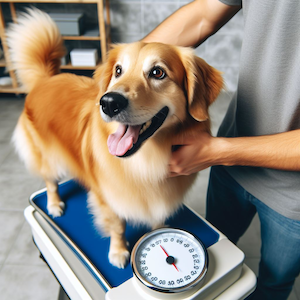
By comparing your dog's weight with the chart, you can quickly identify if your four-legged friend is underweight, overweight, or within the healthy weight range. Correct weight is a fundamental aspect of your dog's overall health and well-being.
Puppy Weight Charts
A puppy weight chart can provide reassurance that your little bundle of joy is growing at the right rate. But again, puppy weight varies tremendously, even within the same litter, so ensure you are referencing the correct size or breed-specific chart.
You might be surprised by how fast puppies grow. A puppy weight chart is the perfect way to monitor their growth in those initial, fast-paced months and compare it with the average puppy growth rate for their breed.
A puppy weight predictor can also be handy! These tools predict your puppy's eventual adult weight based on their current weight and age. It's fun to guess just how big your wee pup might become!
Weighing Your Dog at Home
How should you weigh your dog at home? For small dogs, a regular bathroom scale will do. For larger breeds, you can weigh yourself, then weigh yourself holding your dog, and subtract the difference.
Some dogs get scared around scales and weighing can become stressful. In such cases, visual judgment and physical touch can help. A healthy dog should have a visible waist when viewed from above, and you should be able to feel (but not see) the ribs.
While a dog weight chart can provide helpful guidelines, it's important to consult with a veterinarian if you have any concerns about your dog's weight. Vets are the best source of advice when it comes to your pet's health.
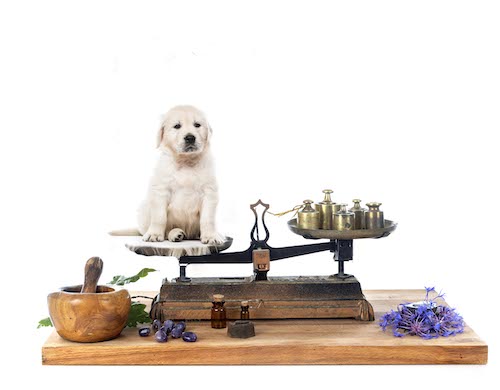
Becoming a Responsible Pet Owner
Using a dog weight chart is part of being a responsible pet owner. Regularly monitoring your pet's weight demonstrates your commitment to their health and well-being.
While the dog weight chart is an excellent tool, regular check-ups with the vet can reveal insights that a simple weight chart may miss. Vets can offer advice on diet and exercise adjustment based on your dog's weight and overall health.
Conclusion: The Lasting Impact of a Dog Weight Chart on Your Pup’s Health
The beautiful thing about sharing your life with a dog is that their well-being becomes an important part of yours. Checking their weight, monitoring their feeding habits, ensuring their exercise, it all becomes second nature. The dog weight chart helps you do just that – take care of them with love and responsible ownership.
The information on our site provide you with a wealth of knowledge aimed to assist you in maintaining the health of your beloved pet. As you navigate through each stage of your dog's life, understanding their ideal weight can give you invaluable peace of mind.
I encourage you to explore specific breed weight charts and other puppy and dog information on our site further. Let the dog weight chart be your trusted companion as you embark on the exciting journey of charting your puppy’s growth story into a bustling canine adult. Remember, your knowledge and vigilance can make a significant difference in ensuring a healthier and happier life for your dog.
